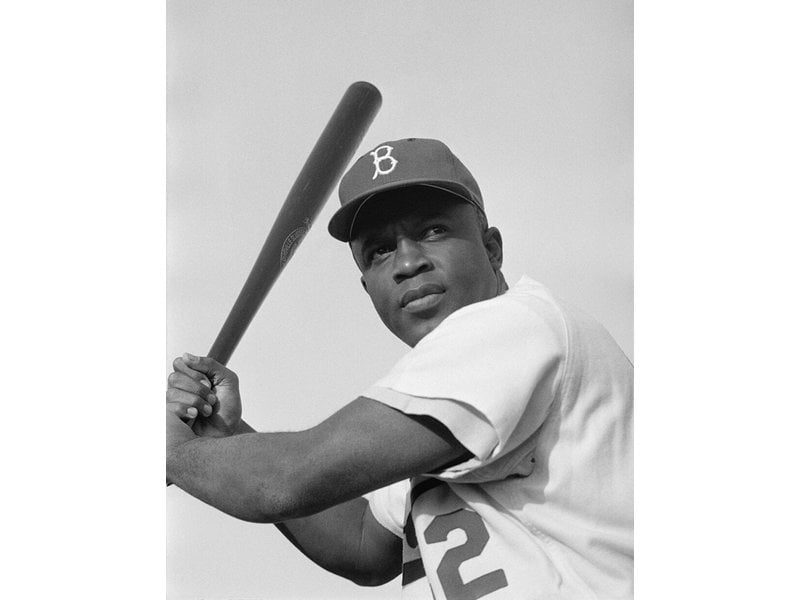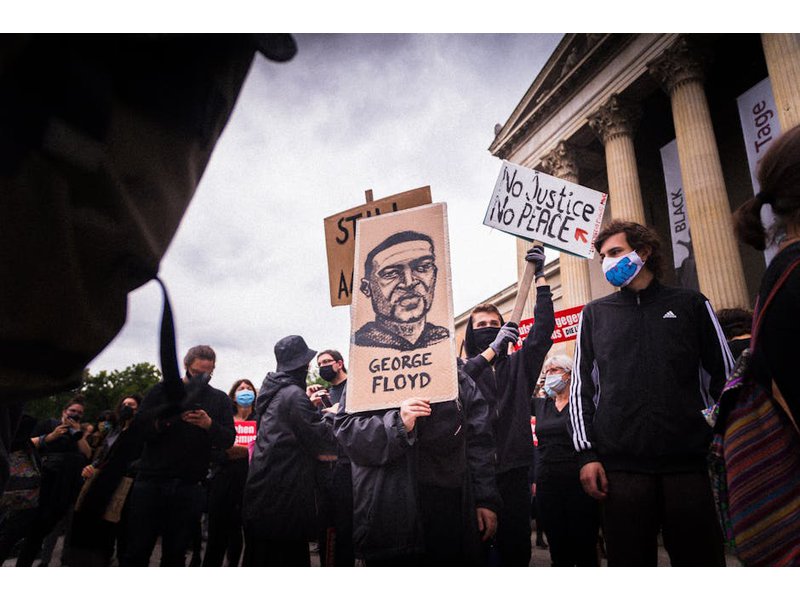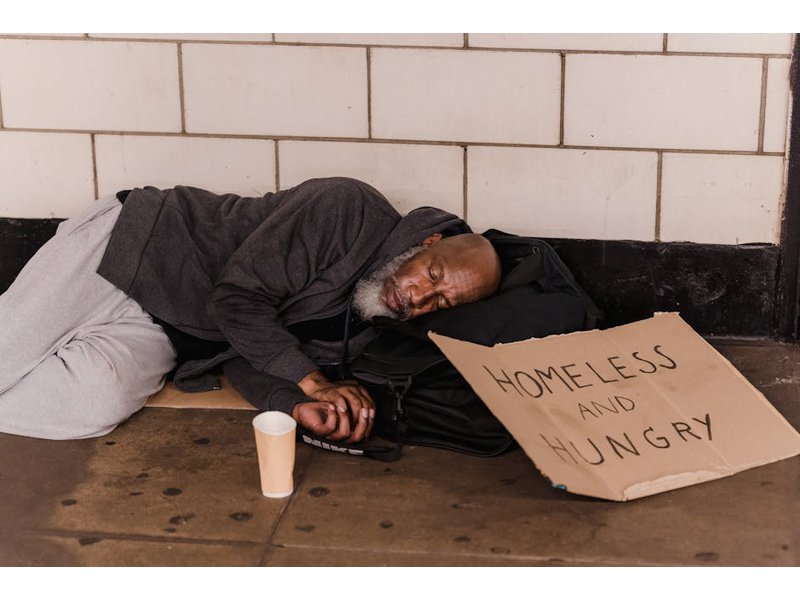019 wearing of symbols

"Political dissent may be expressed by wearing on one’s person some item of clothing, a color, a badge, a flower, or the like. For example, in France during the winter of 1792 the “red cap of liberty” became fashionable among the sans-culottes.95 In World War II red, white and blue caps—imitations of the R.A.F. roundel—were worn by students in Denmark as symbols of opposition to the Nazi occupation,96 while red caps were worn in Norway for the same purpose.97 Occasionally, nonJews in Germany and France wore the yellow star out of sympathy after it had been made compulsory for Jews.98 In the Netherlands sympathy was shown by the wearing of yellow flowers in the lapel.99 Symbols worn in Norway ranged from a flower on King Haakon’s seventieth birthday to paper clips in the lapel (“keep together”), with considerable variations.100 In the early days after the Russian invasion, Prague citizens wore the patriotic colors as tricolor bands on their lapels and elsewhere on their clothing.101"...
Potentially awesome partners
Potentially problematic matches

High scoring campaigns using this method
Historical cases from the Nonviolent Action Database that used this method
Activists prevent World Trade Organization conference in Seattle, 1999
Formed in 1995, the WTO serves as an organization that facilitates trade amongst 123 nations. The first major protest against the WTO occurred in 1999 in Seattle, Washington. United States citizens were protesting the WTO’s ministerial conference bec...
Students press Chico State University to divest from fossil fuels, 2013-2014
In 2013, about ninety-seven percent of the publishing climate scientists agreed that climate change was occurring, and it was due to human activities. If people continued at the same rate of carbon dioxide emission, they risked permanently changing t...
Tunisians overthrow dictator and demand political and economic reform (Jasmine Revolution), 2010-2011
Over the past several decades, high unemployment, high food prices, and widespread poverty have characterized much of Tunisia. Government corruption and a paucity of political freedoms have also painted its landscape, making it exceedingly difficult ...
Croatians protest closure of radio station (Radio 101), 1996
In the 20th century, Croatia existed in several different incarnations. Until 1918, Croatia was part of Austria-Hungary, but with the dissolution of the empire, Croatia instead cofounded Yugoslavia with other Balkan states. However, like the Austria-...
Texans defend Sierra Blanca community against nuclear waste disposal, 1996-1998
In 1991, the Texas Low-Level Radioactive Waste Disposal Authority (TLLRWDA) began searching for a disposal site for dangerous toxic waste in the Hudspeth County area. According to the 1983 La Paz agreement, Hudspeth County falls in a no-contamination...
Egyptians bring down dictatorship of Hosni Mubarak, 2011
Beginning in 1981, Hosni Mubarak ruled Egypt for over twenty-nine years. Though he ran for presidential reelection several times, elections were marked by widespread fraud, and opposing politicians were legally prohibited from running against Mubarak...
El Salvadorans bring down a dictator, 1944
In 1938, El Salvadoran president General Maximiliano Hernández Martínez proposed changing the country’s constitution so that he could continue holding his position beyond the end of his second term. When Martínez came to power in the early 1930s as a...
English residents and environmentalists prevent Heathrow Airport expansion, 2002 – 2010
The London Heathrow Airport was of the busiest airports in the world when the English government began to contemplate expansion in 2002. Considered to be one of the premier airports in the world, the English government wanted to preserve the airport’...
Estonians stop toxic phosphorite mining, 1987-88
Since the 1920s, phosphorite mining has polluted the air and water of Estonia. The former Soviet Union republic is rich in phosphorite deposits, which can be used to make phosphorus fertilizers. In the 1960s, the Soviet Union began exploiting Estonia...
Germans reclaim Heligoland from the United Kingdom, 1951
Heligoland (also spelled Helgoland) is an archipelago 46 kilometers off the German coastline in the North Sea. The two small islands are less than 2 square kilometers in total, but the British, Danish and Germans have hotly contested the land over th...
Low scoring campaigns using this method
Historical cases from the Nonviolent Action Database that used this method
South Korean women labourers protest closing of YH wig manufacturing company 1979
Workers engaged in conflict with their employers, the YH wig making company, as early as 1975. Since the founding of the company in 1966, the executives had hired employees at very low wages, siphoned funds to America, and illegally fired workers. Th...
Iranians protest election results, 2009
Iranians turned out in large numbers to elect their President on 12 June 2009. The candidates included the incumbent and favorite of the religious authorities, Mahmoud Ahmadinejad, as well as three challengers: Mir-Hossein Mousavi, Mohsen Rezaee, and...
Activists in Swaziland campaign for democracy, 2000-2010
Swaziland borders South Africa and has a population of about one million. At the time of the campaign Swaziland had the world’s highest HIV infection rate and was both one of the poorest nations in the world and the home of Africa’s last absolute mon...
Belgians protest austerity measures, 2011-2012
On 2 December 2011, tens of thousands of Belgian citizens took to the streets in the capital, Brussels, to protest the austerity measures taken by the then-incoming government. The new socialist prime minister was going to be sworn in the week after ...
Earth First! protests the destruction of Redwood Forests (Redwood Summer), United States, 1990
In 1990, Earth First! activists began organizing a radical non-violent campaign called the “Redwood Summer” in response to Louisiana Pacific Lumber Mill’s decision to double the rate of logging. Earth First! hoped to expose the logging of old growth ...
Palestinians wage nonviolent campaign during First Intifada, 1987-1988
EDITOR'S NOTE: Regarding the First Intifada as "nonviolent" is controversial because of the violence that accompanied the campaign. Aden Tedla's narrative does not try to hide the violent dimension. Three considerations lead us to include the case in...
Pro-Settlement advocates protest Israeli withdrawal from the Gaza Strip and West Bank, 2004-2005
The Jewish and Palestinian territorial claim to the same area of land has resulted in one of the most protracted conflicts in recent history. Stemming from the Zionist demand for a Jewish homeland in the historic state of Israel, a homeland that woul...
Thai Red Shirts protest against Thai Government, 2010
Although Thailand has had a constitution since 1932, the stability of the country’s political structure is questionable. For instance, the country has had 17 different constitutions over this time period with government forms ranging from dictatorshi...
Turkish Cypriots campaign for European Union membership of Cyprus, 2002-2003
On 21 December 1963, the Greek-Turkish controlled island of Cyprus experienced extreme intercommunal violence between the Greek and Turkish Cypriots. The capital, Nicosia, was thereafter divided into two sectors by a “Green Line”, separating the two ...
United States citizens campaign for single-payer health care bill, 2009-2010
After U.S. President Barack Obama was elected in 2008, the battle for health care reform truly began to build in the United States of America. In fall of 2009, Mobilization for Health Care for All began a campaign for a single-payer health care syste...




